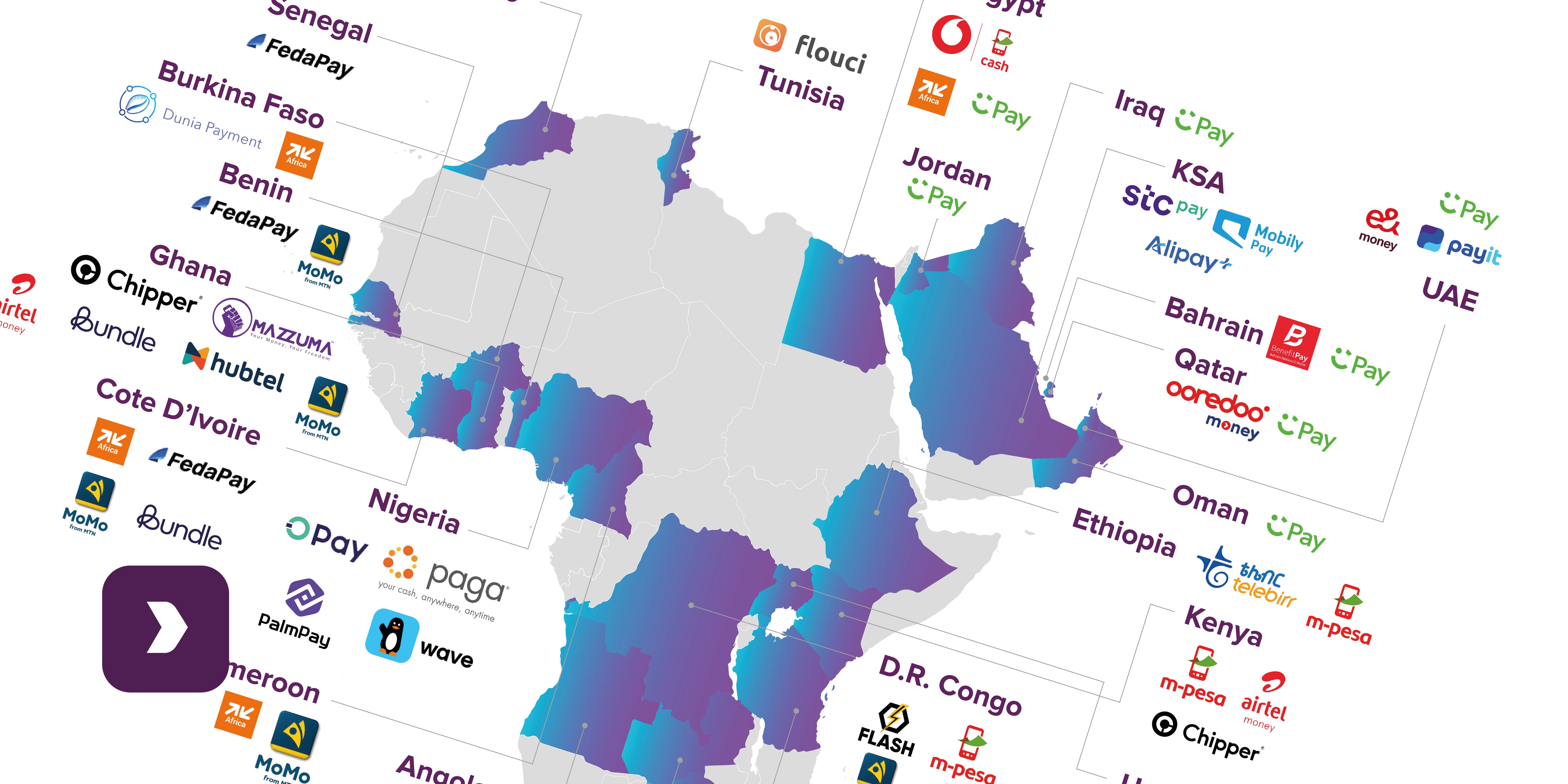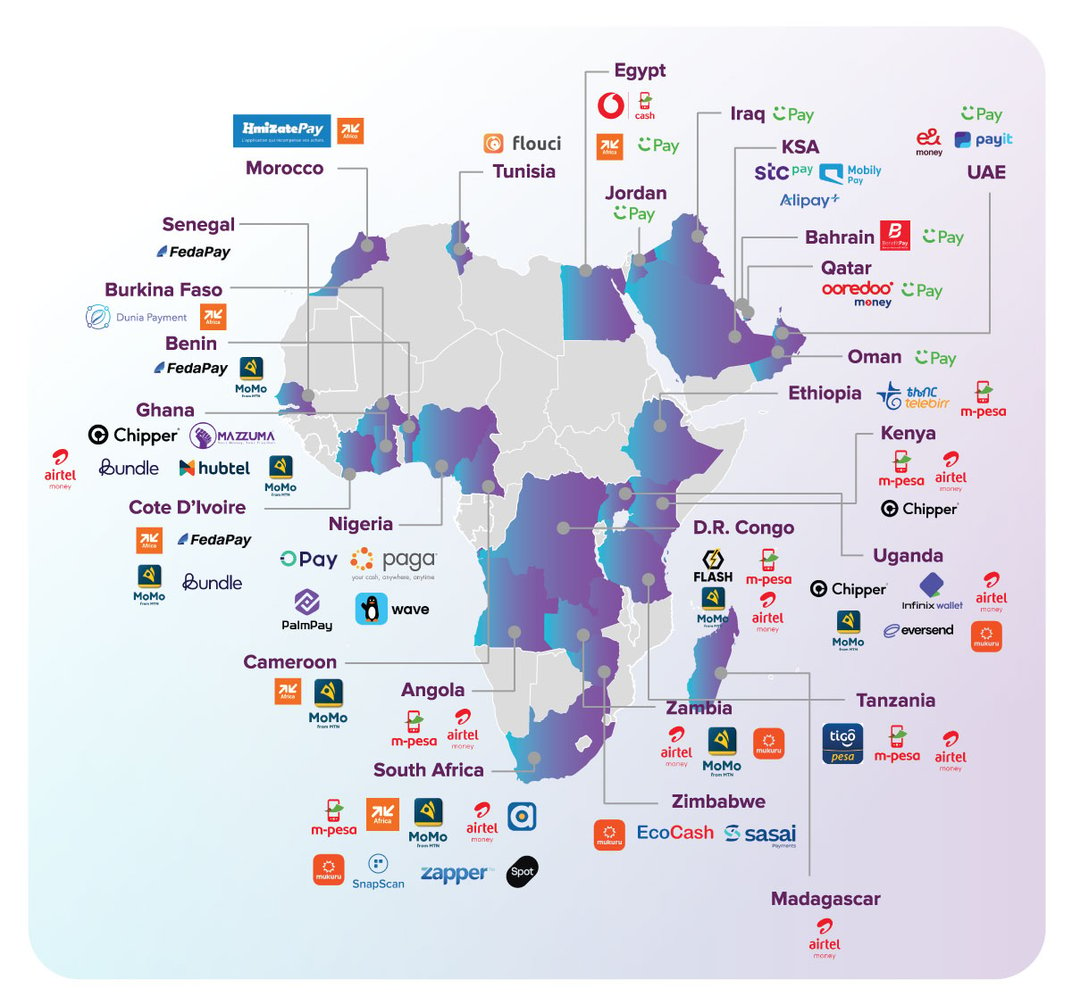MEA’s dual wallet landscape

Experience seamless, efficient and customizable ATM management
End-to-end, secure, and integrative payment solutions
A white-label, user-friendly platform for secure, versatile payment solutions
Engaging employees to learn, improve and master BPC solutions
Robust fraud detection, risk-based authentication, and multi-institutional security
Streamlining payments and enhancing merchant experiences with seamless solutions
Streamlining and securing multi-network transactions while enhancing efficiency
Deliver hyper-personalized experiences with BPC AI
Operate seamlessly with large data sets, source documents, and generate insightful reports with BPC AI Virtual Assistant.
From enabling banks to enabling banking
The building blocks for next gen banking delivered today
Global banking fit for local needs
Stack to Service - white label payment excellence
More and Better Together
Mass transit the personal way
Enhancing the real life of citizens
Mass transit the personal way
Connecting payment rails to the last mile
Creating relevant industry-led ecosystems
Integrate our APIs on your apps.
The latest developer docs, including tutorials, sample code, and API reference.
Experience seamless, efficient and customizable ATM management
End-to-end, secure, and integrative payment solutions
A white-label, user-friendly platform for secure, versatile payment solutions
Engaging employees to learn, improve and master BPC solutions
Robust fraud detection, risk-based authentication, and multi-institutional security
Streamlining payments and enhancing merchant experiences with seamless solutions
Streamlining and securing multi-network transactions while enhancing efficiency
Deliver hyper-personalized experiences with BPC AI
Operate seamlessly with large data sets, source documents, and generate insightful reports with BPC AI Virtual Assistant.
From enabling banks to enabling banking
The building blocks for next gen banking delivered today
Global banking fit for local needs
Stack to Service - white label payment excellence
More and Better Together
Mass transit the personal way
Enhancing the real life of citizens
Mass transit the personal way
Connecting payment rails to the last mile
Creating relevant industry-led ecosystems
Integrate our APIs on your apps.
The latest developer docs, including tutorials, sample code, and API reference.

Across the Middle East and Africa, wallet ecosystems have evolved in line with local market realities, from telecom-led payment platforms to interoperable digital wallets. The region presents a diverse mix of closed-loop and open-loop models, each shaped by local regulatory frameworks, banking maturity, and consumer adoption patterns.
The MEA region’s digital wallet market is advancing rapidly. According to research from BlueWeave Consulting the MEA digital-wallet market was estimated at about USD 20.5 billion in 2023 and is forecast to grow at a compound annual growth rate (CAGR) of around 19.7 % through to 2030, reaching roughly USD 72.4 billion. Globally, the GSMA reported that mobile-money registered accounts surpassed 1.2 billion in 2020, with much of the growth coming from Africa. In subsequent years the numbers have kept rising: as of 2024, there were over 2 billion registered mobile-money accounts worldwide and more than 500 million active monthly accounts.
In the Middle East specifically, digital payments are gaining traction as real-time payments markets accelerate: the region is described as the fastest-growing real-time payments market globally, driven by younger, tech-savvy populations and strong government backing of digital infrastructure. These trends underscore that MEA is not monolithic, parts of Africa (particularly sub-Saharan) emphasise mobile money and telco-led wallets, while in the Gulf (GCC) region more bank-infrastructure, fintechs and open-loop wallet models are advancing.
Closed-loop wallets are most common in markets where mobile operators or retailers dominate access to financial services. These wallets operate within defined ecosystems, offering users an entry point into digital payments without requiring a bank account. By combining payments with loyalty, airtime, and lifestyle services, they build engagement and retention, particularly among unbanked or underbanked populations.
According to the newly published “Your Essential Guide on How to Build Closed and Open-Loop Wallet Ecosystems”, there are many existent successful closed-loop wallets, and here are few examples:
In contrast, open-loop wallets in the region are expanding rapidly, particularly in markets with maturing regulatory frameworks, digital ID systems, crypto acceptance and strong banking infrastructure. These wallets connect with international card networks such as Visa, Mastercard, and UnionPay, enabling users to pay across merchants, borders, and channels. They are essential for creating a seamless digital economy that bridges local ecosystems with global commerce.
Some of the leading open-loop wallets include:

Governments and regulators across MEA are also accelerating interoperability initiatives to bridge fragmented ecosystems. Central banks in Egypt, Saudi Arabia, Nigeria, and the UAE are actively introducing frameworks that allow wallets, banks, and fintechs to interconnect. The GCC’s move towards unified QR standards, Nigeria’s instant payment switch (NIP), Somalia’s SOMQR, and Egypt’s Meeza digital scheme are examples of how public-sector coordination is driving ecosystem cohesion.
These developments are particularly significant for Sub-Saharan Africa, where large segments of the population remain outside the formal banking system, yet mobile access is almost universal. By modernising payment rails, countries across the region are building the foundations of a hybrid digital payments ecosystem, one that preserves the accessibility and trust of mobile wallets while extending the reach and interoperability of card-based infrastructure.
In the years ahead, this dual-wallet approach will define how millions across the Middle East and Africa transact, borrow, and save — bridging the gap between cash-heavy and digitally enabled economies. For banks, fintechs, and mobile operators, the next phase of growth will depend on how effectively they can connect closed and open ecosystems to deliver scale, security, and financial inclusion at once.
BPC’s “Essential Guide on How to Build Closed and Open-Loop Wallet Ecosystems” delves deeper into the frameworks, technologies, and real-world use cases shaping these models. From regulatory readiness to architecture design and monetisation strategies, the guide provides a practical roadmap for institutions seeking to modernise their digital payment ecosystems and capture the next wave of wallet innovation across MEA.
Explore the full guide “Your Essential Guide on How to Build Closed and Open-Loop Wallet Ecosystems”, to understand how your organisation can build, connect, and grow within MEA’s evolving wallet landscape.